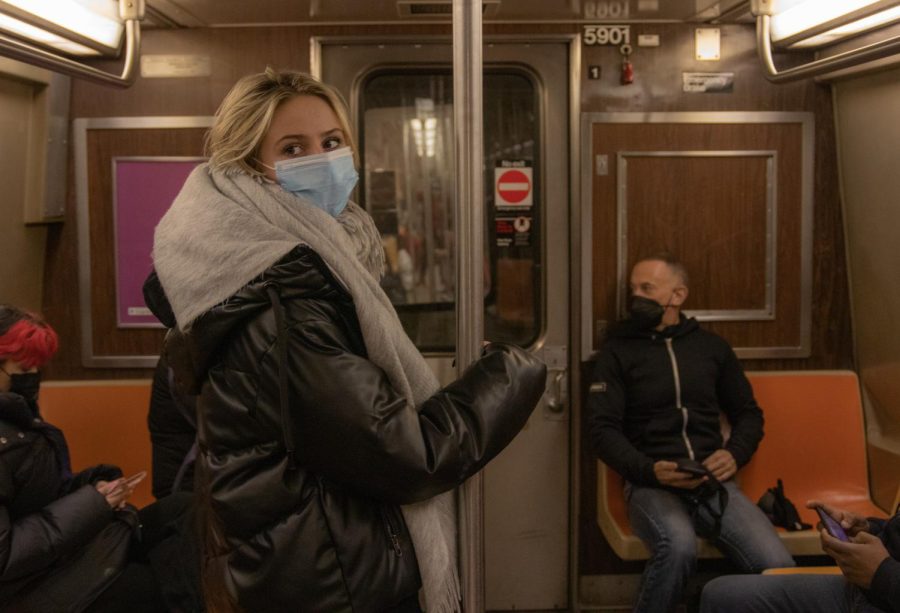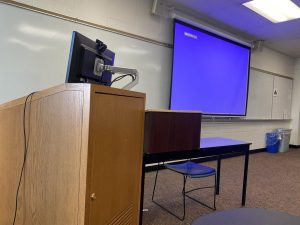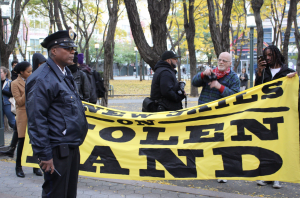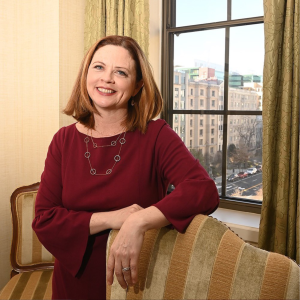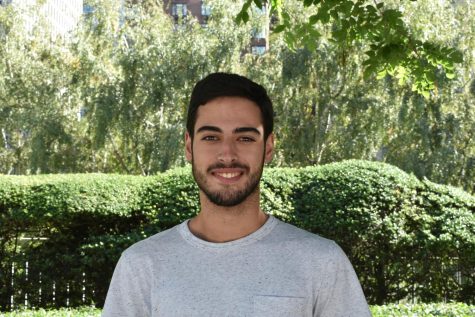Fears Over Rising MTA Crime Rate
Transit crime has been on the rise in New York City, leaving some New Yorkers wary of traveling on the subway
The rise in transit crime has cause some students to take further actions to ensure their safety such as riding in busier cars or standing away from the tracks when waiting.
March 3, 2022
Crime on the New York City subway system has increased since the start of the new year. On Jan. 15, while standing on a platform in the Times Square-42nd Street Station, 40-year-old Michelle Go was pushed onto the tracks and killed by an oncoming train. Go’s death sparked outrage and fear within the NYC community, leading to concerns about safety on MTA-operated trains.
Dangerous disruptions on the MTA have affected NYC students to varying degrees. While some are able to avoid the use of the trains, the MTA still remains essential to students who commute to campus, forcing them to adapt to the increased crime.
Prova Akter, Fordham College at Lincoln Center (FCLC) ’25 and a commuter from Brooklyn, says avoiding the trains is not an option. She noted that her family is “very concerned” about the increased crime on the subways.
“My family doesn’t want me using the subway — they prefer I take a cab or take the bus.” Chloe Zenou, FCLC ’25
“My commute hasn’t changed since the violence, but I do feel more unsafe,” Akter said. She explained that she only rides in subway cars that are packed with people.
Some Lincoln Center students have been avoiding the subway when possible. Chloe Zenou, FCLC ’25, said she avoids the subway when she has to go somewhere alone.
“My family doesn’t want me using the subway — they prefer I take a cab or take the bus,” Zenou said.
“Traveling with kids especially has worried me the most as it’s a lot to keep track of and forces you to be very aware of everything going on.” Kate Grigg, FCLC ’25
Kate Grigg, FCLC ’25, who is a nanny for children on Roosevelt Island, practices a heightened sense of awareness when using the subways. Grigg, an on-campus resident, uses the subway to go from Fordham Lincoln Center to the children’s home. From there, Grigg and the children ride the subway into Manhattan where the children’s school is located.
“I have to pick kids up from their school and (take them) back to their home and then commute back to my own home,” she said. “Traveling with kids especially has worried me the most as it’s a lot to keep track of and forces you to be very aware of everything going on.”
Grigg’s family has also expressed concern about her safety on the subways.
“My mom will tell me to not have headphones in or to be on my phone, keep my space from people, stand on the subway platform with my back to a wall, anything along those lines,” Grigg added.
When using the subway is unavoidable, Robert Dineen, director of Public Safety at Lincoln Center, instructed students to use “subway entrances and exits where there is the most activity” and “avoid riding in empty subway cars. It is best to ride in the first car behind the train operator or the middle car where the conductor usually rides,” he said.
Dineen also warned students to stand back from the platform edge, especially when trains are entering and exiting the station.
“Never wait for a train standing on the yellow line near the tracks. The best option is putting your back up against the wall or pillar,” he said.
If Public Safety is made aware of a possibly dangerous situation regarding the MTA, it will alert the community with a Public Safety travel advisory.
According to Dineen, Public Safety has not received any messages from families of students voicing concern about the recent crime on the subways. He also noted that Public Safety receives general questions about safety on- and off-campus from families and that “these questions give us an opportunity to discuss personal safety best practices with them, including those for traveling by mass transportation.”
Public Safety is in “constant contact with local police commanders to stay on top of any crime patterns or conditions affecting our campuses, including nearby subway stations and bus stops,” according to Dineen.
If Public Safety is made aware of a possibly dangerous situation regarding the MTA, it will alert the community with a Public Safety travel advisory. On a broader scale, if there is potential danger surrounding one of Fordham’s campuses, the Fordham community would be notified by a Public Safety alert, which provides them with the necessary information to stay safe.
As a response to the increase in crime on the subways, New York City Mayor Eric Adams has created a subway safety plan. With this plan, Adams has promised to implement stricter rules regarding people experiencing homelessness who find refuge in subway cars and supply them with mental health services. NYC will also begin a pilot program for subway station barriers to prevent people from being pushed or jumping onto the tracks.

